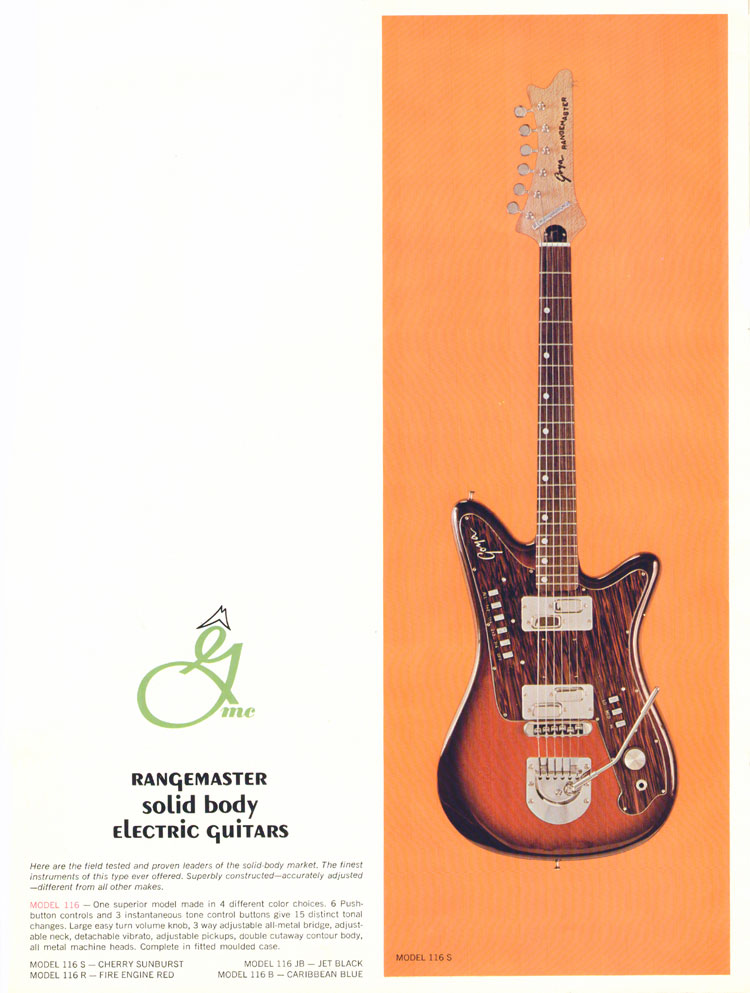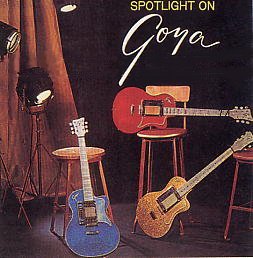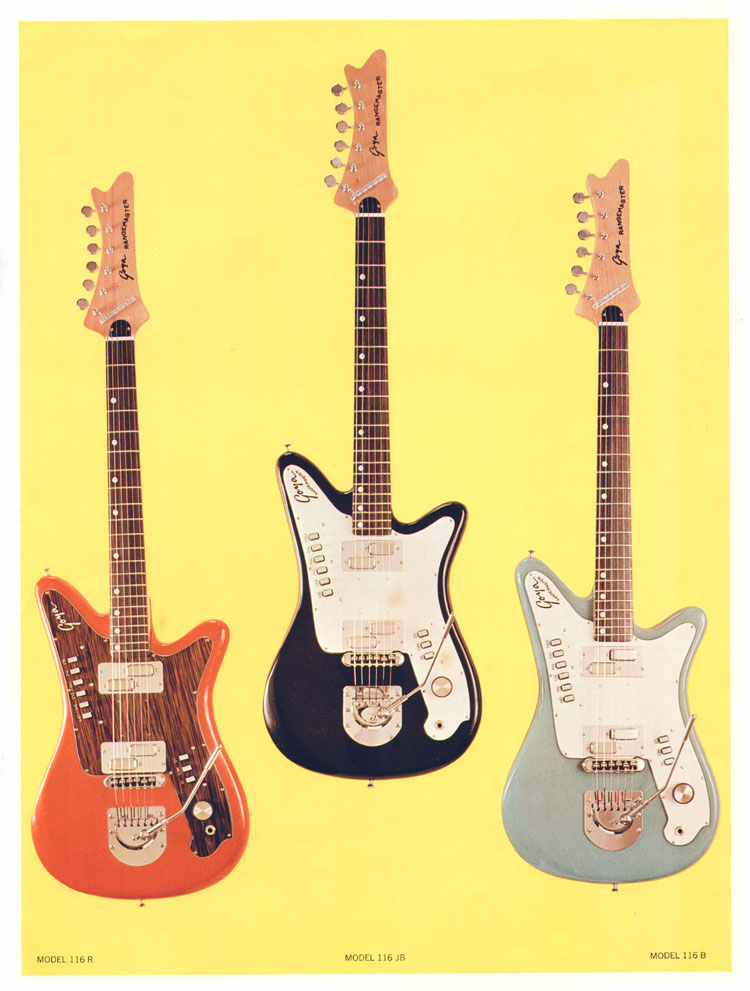
I don’t know about fast, but the necks on those old Hagstrom guitars were certainly among the thinnest. Hagstrom advertised that they were the "Fastest necks in the World". This feature refers to the unique “H Expander-Stretcher” truss rod. One of the selling features, which was printed on a metallic decal on the back of the Hagstrom guitar headstock, was their “King Neck”. But all those switches were mighty impressive to someone learning basic guitar chords.

At that age, I did not know that the vibrato was a much different system than the one on a Fender Stratocaster, or even a Jazzmaster. In smaller letters you could read Albin Hagstrom.Īside from the lesser price, the big difference between Hagstrom and Fender was that Hagstrom guitars had thinner bodies, and a lot of slider switches. The six-on-a-side headstock, had the brand “Hagstrom” written in script similar to Fender’s spaghetti-style font. Some of them looked like guitars made by Fender. On a section of one wall was a display of six unusual guitars made by Hagstrom.


I would hang out at that place before, and after my guitar lesson, and even go there after school, just to check out the guitars. That is where I fell in love with the guitar. Having said this, there are a lot worse guitars out there, and as well as being historically important, the 1820 bass can certainly provide the goods when required.I started playing guitar when I was 13 years old, and took lessons at Dodd’s Music Store in Covington, Kentucky. Over the course of the 70s, the Japanese output improved dramatically, and in many ways these early 70s models are a low point for the brand. These new Epiphones were based on existing Matsumoku guitars, sharing body shapes, and hardware, but the Epiphone line was somewhat upgraded, with inlaid logos and a 2x2 peghead configuration. The Matsumoku factory had been producing guitars for export for some time, but the 1820 bass (alongside a number of guitar models and the 5120 electric acoustic bass) were the first Epiphone models to be made there. By the end of the 1960s, a decision had been made to move Epiphone guitar production from the USA (at the Kalamazoo plant where Gibson guitars were made), to Matsumoto in Japan, creating a line of guitars and basses significantly less expensive than the USA-built models (actually less than half the price).


 0 kommentar(er)
0 kommentar(er)
